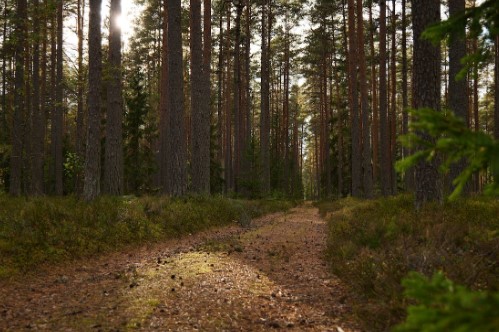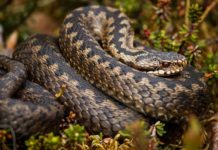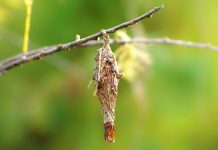11 Interesting Facts About Bumblebees You Would Love to Know
Bzzzzz! Attention all nature enthusiasts and bee lovers! Today, we’re buzzing about one of the insect world’s cutest and most charming creatures—bumblebees! These fluffy and fascinating insects have been around for millions of years and are known for their important role in pollination. So, let’s dive into the hive of interesting facts about bumblebees that will leave you buzzing with excitement!







